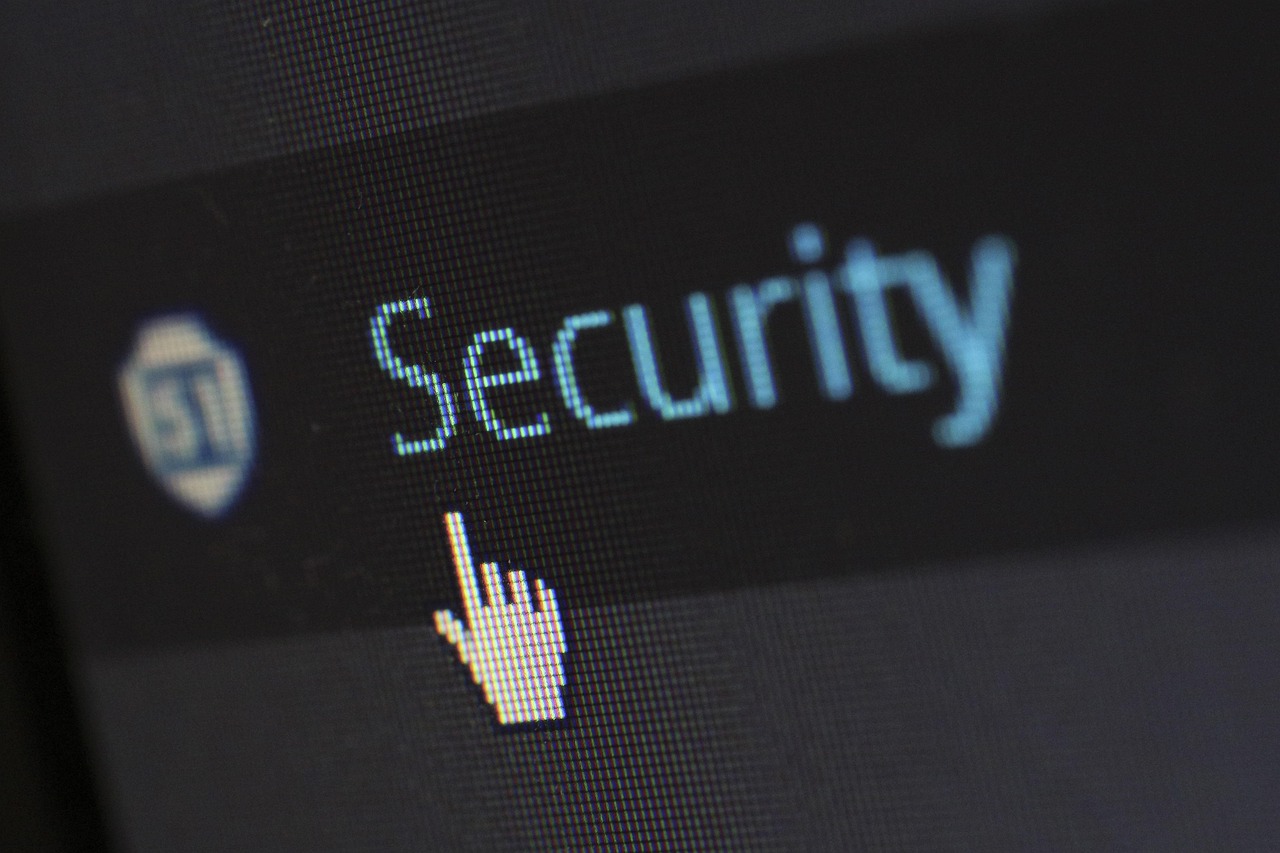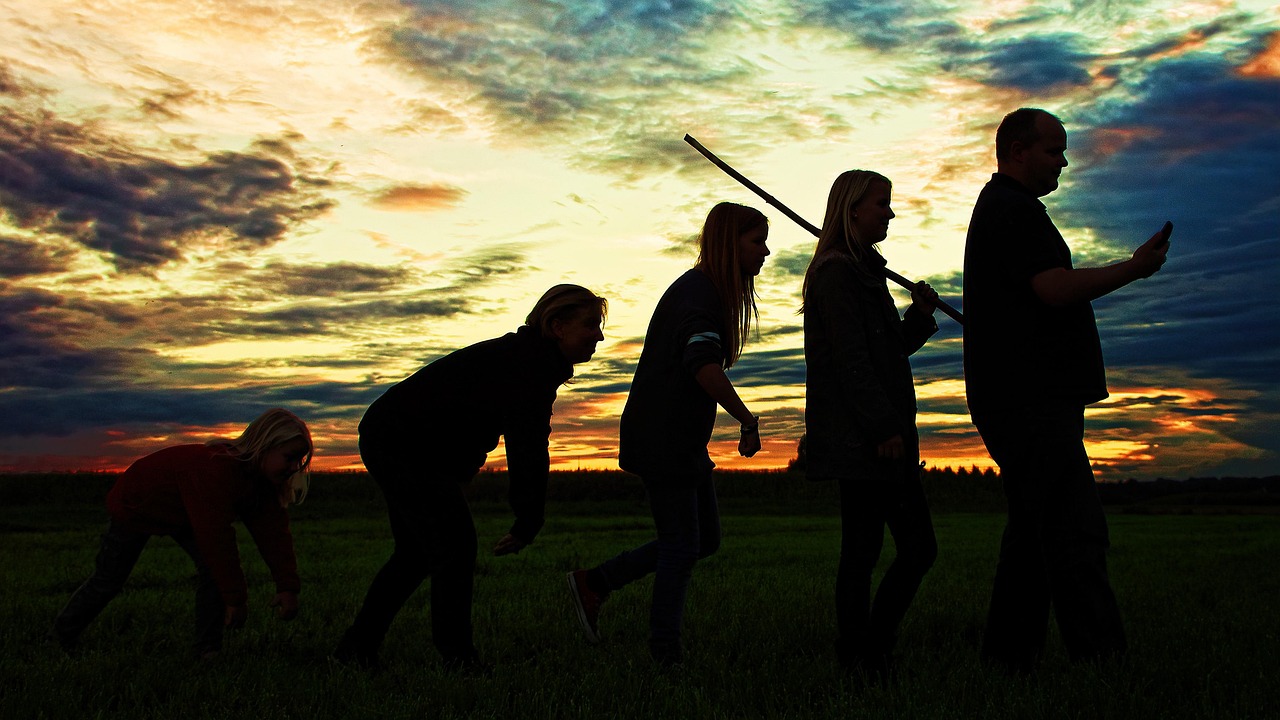NFT Graffiti Geotags: Bridging the Physical and Digital Art Worlds

In the ever-evolving landscape of digital art, Non-Fungible Tokens (NFTs) have emerged as a revolutionary medium, offering artists and collectors a new realm of possibilities. One of the most intriguing and contemporary intersections within this sphere is the concept of NFT graffiti geotags. This innovation combines the tangible world of street art with the intangible possibilities of blockchain technology, offering a fresh perspective on how art can be experienced, owned, and appreciated.
At its core, NFT graffiti geotags involve the creation of digital tokens that are associated with specific physical locations where graffiti or street art is found. These tokens, stored on a blockchain, serve as a digital certification of authenticity and ownership, linking the ephemeral nature of graffiti with the permanence of digital records. This concept not only enhances the value proposition of street art but also introduces new dynamics to the art market.
The Fusion of Street Art and Blockchain
Street art has traditionally been a transient form of expression, often subject to weathering and removal by city officials. However, by linking these artworks to NFTs, artists can preserve their creations digitally, ensuring they endure beyond their physical existence. This approach also allows artists to monetize their work in ways that were previously unimaginable.
Some key aspects of NFT graffiti geotags include:
- Geolocation-Based NFTs: Artists can create NFTs that are tied to the GPS coordinates of their artwork. This linkage provides a unique layer of authenticity and enhances the experiential aspect of viewing the art in its original location.
- Monetization Opportunities: Through NFTs, artists can sell virtual ownership or limited edition digital versions of their street art, thereby generating revenue and attracting a global audience.
- Preservation and Documentation: NFT geotags serve as a permanent digital record, preserving the artwork’s history and provenance, which is particularly valuable for pieces that may be altered or destroyed over time.
Global Context and Adoption
The adoption of NFT graffiti geotags is gaining traction worldwide, with artists and technologists collaborating to explore its potential. In cities like New York, Berlin, and London, known for their vibrant street art scenes, artists are increasingly leveraging blockchain technology to extend the life and reach of their work.
Moreover, galleries and museums are beginning to recognize the significance of this fusion. Some institutions are curating exhibitions that include both the physical and digital versions of graffiti, offering visitors an immersive experience that bridges the two realms. This dual presentation not only showcases the art but also educates audiences about the innovative use of technology in creative expression.
Challenges and Considerations
Despite its potential, the integration of NFT geotags in street art is not without challenges. Legal and ethical considerations about the ownership and commercialization of public art must be addressed. Additionally, the environmental impact of blockchain technologies, particularly the energy-intensive process of minting NFTs, raises concerns that need to be mitigated through more sustainable practices.
Furthermore, the accessibility and inclusivity of this technology must be considered to ensure that it does not alienate artists who may lack the technical expertise or resources to participate in the NFT marketplace.
The Future of NFT Graffiti Geotags
As the digital art world continues to expand, the concept of NFT graffiti geotags represents an exciting frontier at the intersection of art, technology, and urban culture. It offers a novel framework for artists to engage with both local and global audiences, while providing collectors with a unique investment opportunity that combines physical and digital art ownership.
Ultimately, as technology evolves and societal attitudes towards digital art mature, NFT graffiti geotags may very well redefine how we perceive and interact with art in public spaces, fostering a new era of creativity and exploration.













